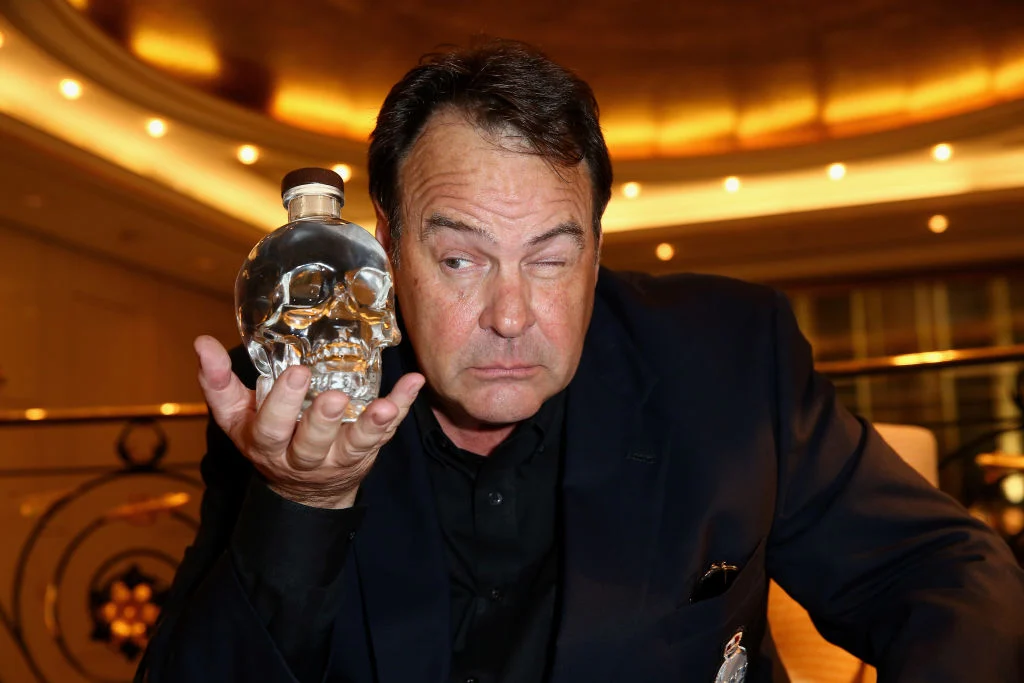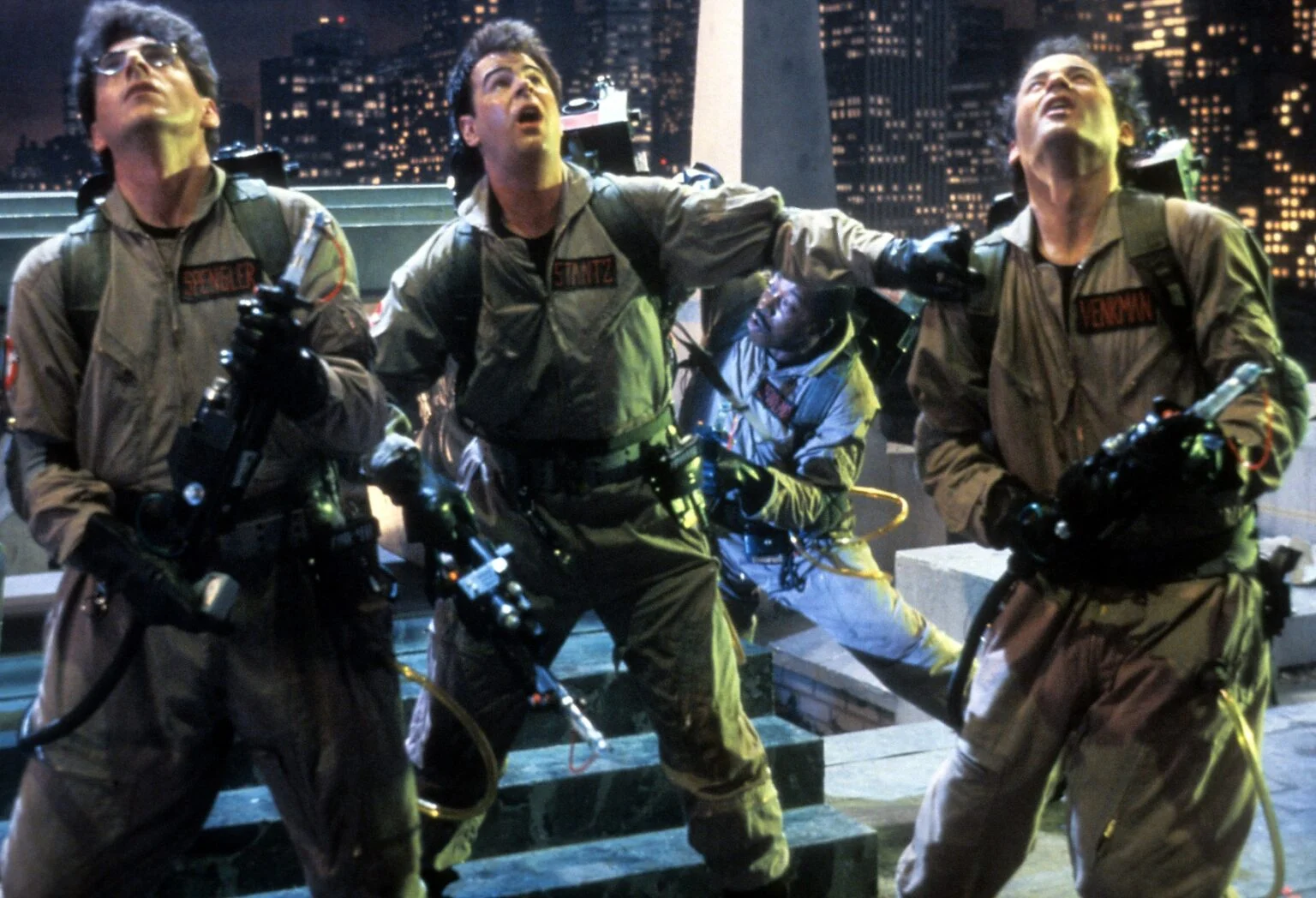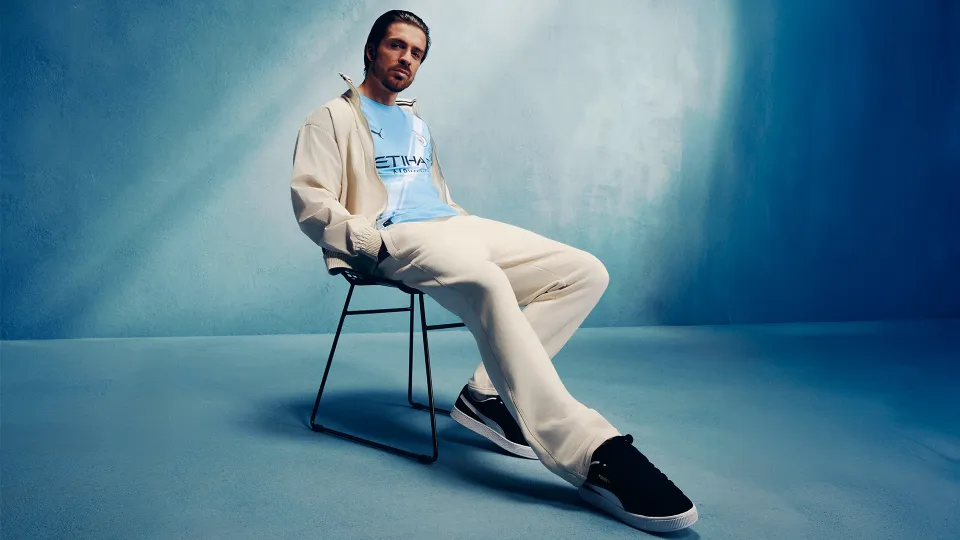The Spiritual Roots of a Blockbuster Idea
Ghosts Were a Family Affair for Dan Aykroyd
Long before Ghostbusters became a cultural and financial juggernaut, its roots were planted in the childhood of Dan Aykroyd. Born into a family deeply fascinated by the paranormal, Dan was no stranger to ghost stories or supernatural beliefs. His grandfather, an amateur inventor, believed he could communicate with spirits using radio waves. His mother claimed to see ghosts, and when she revealed this to Dan’s father, it sparked a nightly tradition of séances in the family basement. As a young boy, Dan would quietly watch from the stairwell, eyes wide with both curiosity and fear, hoping to witness something from the other side.
A Family History That Fueled a Billion-Dollar Franchise
Dan’s father wasn’t just a believer—he was also a writer. By day, he served as a civil engineer and advisor to Canadian Prime Minister Pierre Trudeau. By night, he researched the paranormal and eventually authored a book titled A History of Ghosts, detailing his family’s experiences and beliefs. This unique upbringing left Dan with a deep curiosity about the supernatural. Combined with his natural comedic talent, that curiosity would one day inspire the concept for Ghostbusters, a franchise that went on to generate billions in revenue and earn its creators life-changing wealth.
From Blues Brothers to Bustin’ Ghosts
Dan Aykroyd’s Rise on Saturday Night Live
Dan first shot to fame as the youngest original cast member of Saturday Night Live, where his knack for sharp comedic timing made him a fan favorite. After leaving the show in 1979, Dan co-wrote and co-starred in The Blues Brothers alongside John Belushi. Released in 1980, the film was a major success, earning over $115 million on a $27 million budget. That experience solidified Dan’s reputation as not just a comedic actor but also a successful screenwriter.
The Original Ghostbusters Pitch
It was during the filming of The Blues Brothers that Dan first began developing the idea for a ghost-hunting movie. His original pitch was ambitious: a supernatural comedy starring himself, Eddie Murphy, and John Belushi, set in New York City. Tragically, John Belushi’s death in 1982 brought that version of the film to a halt. Dan was devastated and creatively stalled. But in time, the concept returned, and he began reshaping the script.
A New Team and a New Vision
Michael Ovitz and CAA Step In
In early 1983, Dan contacted his agent Michael Ovitz, head of the powerful Creative Artists Agency (CAA). On that call, Dan pitched a revised version of his ghost comedy—now starring himself, Bill Murray, and Harold Ramis. Ovitz was immediately intrigued. With the trio’s proven comedic chemistry and Ivan Reitman attached to direct, the project was a sure bet in Ovitz’s eyes. Dan and Harold co-wrote the screenplay in just two weeks. Reitman, who had already directed Animal House and Stripes, came on board with full enthusiasm.
Columbia Pictures Takes the Risk—with a Price
Columbia Pictures quickly snapped up the rights. But Ovitz and CAA weren’t about to settle for standard deals. With top-tier talent involved—Aykroyd, Murray, Ramis, and Reitman—the agency demanded something unprecedented: 30% of the film’s gross revenue to be split among the four creators. That’s gross, not net—a crucial distinction in Hollywood accounting. Net profits can be manipulated, but gross revenue is the money made before expenses are deducted. CAA also secured 3% for packaging the deal, making this a masterclass in negotiation.
The Ghostbusters Jackpot
A Box Office Smash
Ghostbusters premiered in 1984 and was an immediate phenomenon. It grossed $295 million worldwide, becoming the highest-grossing comedy of all time until Home Alone surpassed it in 1990. Audiences couldn’t get enough of the film’s mix of horror, humor, and heart. The Stay Puft Marshmallow Man, Slimer, and the iconic Ecto-1 all became household names.
Merchandising Gold
The financial windfall didn’t stop at the box office. Ghostbusters exploded into a merchandise empire. Action figures, costumes, lunchboxes, comics, cartoons, cereal, video games—the brand was everywhere. The animated series The Real Ghostbusters ran for years and introduced the franchise to a younger generation. Every piece of merchandise, every licensing deal, brought additional income to the original creators, thanks to the brilliance of their gross point deal.
The Profits Start Rolling In
According to Ovitz’s autobiography, CAA’s 3% cut of the gross revenue translated into $30 million. The 30% stake held by Aykroyd, Murray, Ramis, and Reitman resulted in a combined payout of $300 million. That’s $75 million each—in the mid-1980s. Adjusted for inflation, each person effectively earned around $200 million. And that was just from the first movie.
The Sequel Deal: Even Sweeter
Hollywood Comes Calling Again
Despite the massive success of Ghostbusters, a sequel didn’t go into production immediately. Columbia Pictures wanted a follow-up badly, but the core team had grown even more famous and valuable. Negotiating them back took years, during which the studio had little leverage and lots of urgency.
An Even Better Backend Arrangement
When Ghostbusters II was finally greenlit in 1989, Ovitz and CAA negotiated a deal that gave the core four—Aykroyd, Murray, Ramis, and Reitman—35% of the box office gross. On top of that, each received a $6 million upfront salary. The sequel grossed $215 million worldwide and was a home video and licensing success, just like its predecessor. Conservative estimates place each member’s earnings at around $50 million, which is equivalent to $110 million today when adjusted for inflation.
Total Franchise Earnings
By the end of the second film’s run, each principal had conservatively earned $125 million in direct income from the two movies alone. When adjusted for inflation, that’s approximately $310 million each. And that doesn’t include continued residuals, licensing renewals, or any financial participation in later franchise revivals.
Ghostbusters’ Impact on Hollywood Contracts
Changing the Game
The Ghostbusters deal was a watershed moment in Hollywood. It proved that stars could turn down high upfront fees in favor of backend participation—and win big. Studios became more cautious about offering gross points, but the precedent had been set. Actors and creators began to view themselves not just as performers but as stakeholders. The Ghostbusters arrangement inspired other mega-deals, such as Tom Cruise’s participation in Mission: Impossible, Robert Downey Jr.’s Marvel paydays, and Sandra Bullock’s earnings from Gravity.
Creative Control and Ownership
The success of the backend deal also gave the original Ghostbusters team more creative power. They weren’t just employees—they were partners. That dynamic reshaped how stars approached projects in the years to come, with many now demanding producer credits and partial IP ownership.
A Franchise That Refuses to Die
The Legacy Lives On
Even decades later, Ghostbusters remains a cultural touchstone. The 2016 reboot introduced a new generation to the brand, while Ghostbusters: Afterlife (2021) and Ghostbusters: Frozen Empire (2024) brought legacy characters back to the forefront. These new chapters continue to generate revenue—and thanks to those original contracts, the creators or their estates still benefit.
Honoring Harold Ramis
When Harold Ramis passed away in 2014, it marked the end of an era. But his legacy was lovingly honored in Ghostbusters: Afterlife, where his character Egon Spengler plays a pivotal role even in death. The film was both a nostalgic tribute and a reminder of how much the original team’s vision shaped the franchise and pop culture at large.
Conclusion: Ghostbusting and Business Savvy
The original Ghostbusters wasn’t just a cinematic success—it was a financial masterstroke. What began as a personal passion project for Dan Aykroyd, inspired by family séances and ghost stories, became a franchise that redefined Hollywood business models. With one deal, the team behind Ghostbusters earned not just generational wealth but also long-term ownership of a beloved cultural institution. Their story isn’t just about fighting ghosts—it’s about knowing your value, betting on your ideas, and negotiating like a boss. In the end, the biggest thing they busted wasn’t a ghost—it was the old way of doing business in Hollywood.
- Evan Name Meaning - June 5, 2025
- Virginia’s Most Popular THC Infused Drinks - June 5, 2025
- Nebraska’s THC Infused Seltzer Recommendations - June 4, 2025






